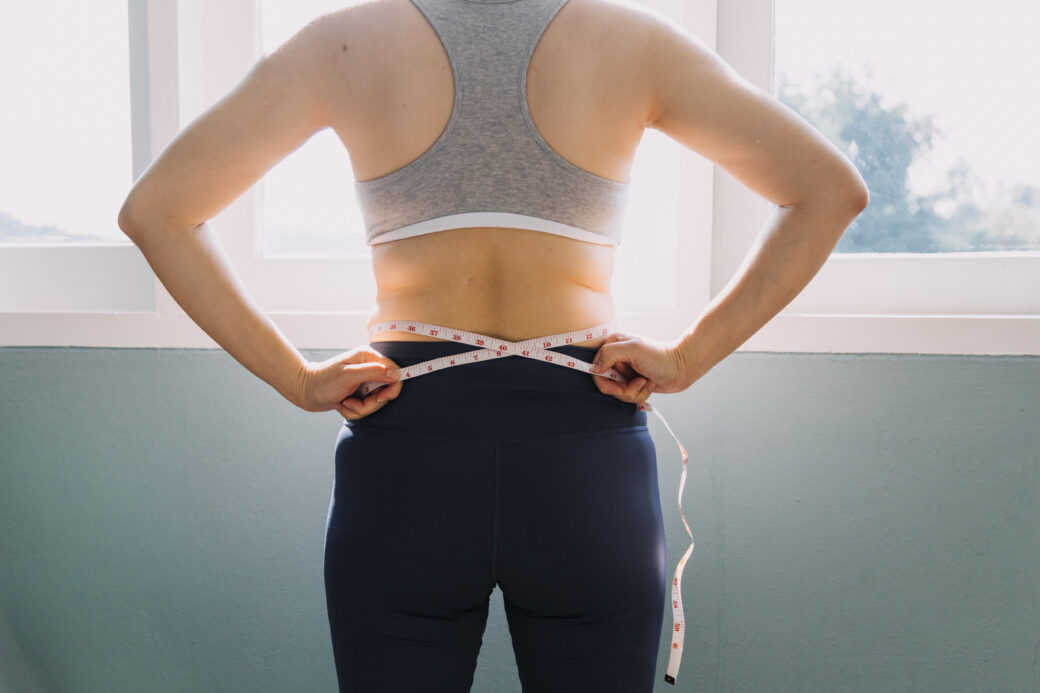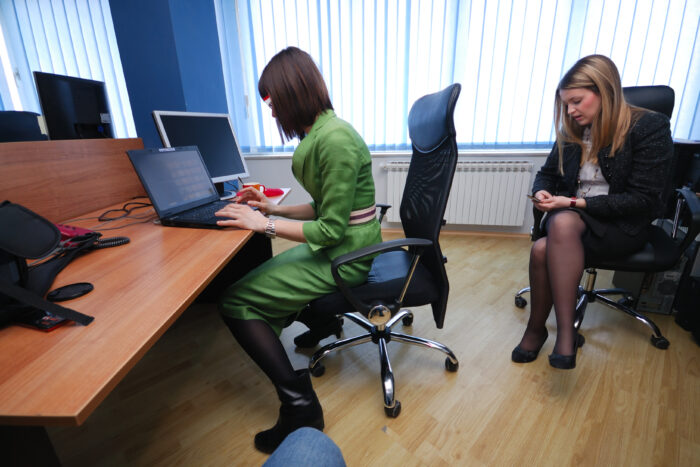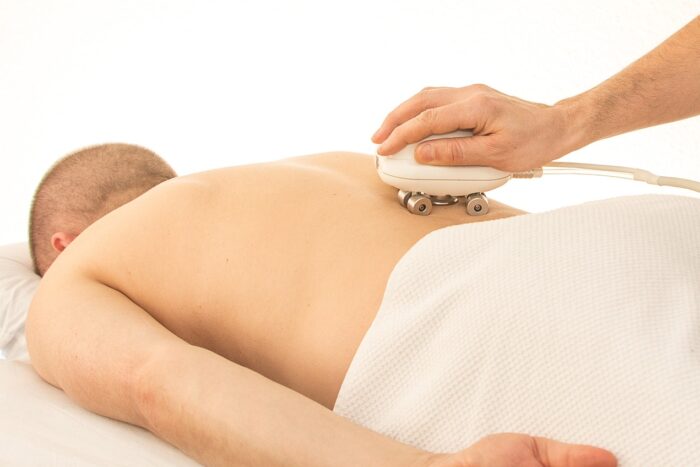
Managing and alleviating lumbar pain involves a combination of treatments and lifestyle modifications.
Here are several strategies to help reduce lumbar pain…
Rest and Activity Modification
- Rest – Initially, rest the affected area to reduce inflammation and pain. Avoid activities that exacerbate the pain.
- Modified Activities – Gradually resume normal activities, avoiding those that strain the lower back.
Cold and Heat Therapy
- Cold Therapy – Apply an ice pack to the painful area for 15-20 minutes several times a day during the first 48 hours to reduce inflammation.
- Heat Therapy – After the initial inflammation has subsided, use a heating pad or warm compress to relax muscles and improve blood flow.
Over-the-Counter Pain Relief
- NSAIDs – Nonsteroidal anti-inflammatory drugs (ibuprofen or naproxen) can help reduce pain and inflammation.
- Acetaminophen – This can be used to manage pain if NSAIDs are not suitable.
Gentle Exercise and Stretching
- Walking – Gentle walking can help improve mobility and reduce stiffness.
- Stretching – Perform gentle stretches for the lower back, such as the knee-to-chest stretch, cat-cow stretch, and child’s pose, to improve flexibility and relieve tension.
Strengthening Exercises
- Core Strengthening – Strengthen your core muscles to support your lower back. Exercises like planks, bridges, and bird-dog can be beneficial.
- Lumbar Strengthening – Perform specific exercises to strengthen the lumbar muscles, such as back extensions and superman exercises.
Ergonomic Adjustments
- Proper Posture – Maintain good posture when sitting, standing, and walking to reduce strain on the lower back.
- Ergonomic Workspace – Adjust your chair, desk, and computer setup to ensure proper alignment and support for your back.
Lifestyle Modifications
- Weight Management – Maintain a healthy weight to reduce the strain on your lower back.
- Healthy Diet – Eat a balanced diet rich in anti-inflammatory foods (like fruits, vegetables, and omega-3 fatty acids) to support overall health and reduce inflammation.
Alternative Therapies
- Physical Therapy – A physical therapist can design a personalized exercise and stretching program to address your specific needs.
- Massage Therapy – Regular massage can help relax tight muscles and improve circulation.
- Chiropractic Care – Chiropractors can perform spinal adjustments to relieve pain and improve alignment.
Mind-Body Techniques
- Yoga – Gentle yoga can improve flexibility, strength, and relaxation.
- Meditation and Deep Breathing – These practices can help manage pain by reducing stress and promoting relaxation.
Proper Sleep Habits
- Supportive Mattress – Use a mattress that provides adequate support for your back.
- Sleep Position – Sleep on your back with a pillow under your knees or on your side with a pillow between your knees to maintain proper spinal alignment.
Hydration and Overall Health
- Stay Hydrated – Drink plenty of water to maintain the health of your intervertebral discs.
- Regular Physical Activity – Engage in regular, low-impact activities to keep your back muscles strong and flexible.
Professional Medical Treatments
- Prescription Medications – A doctor may prescribe stronger pain medications or muscle relaxants for severe pain.
- Injections – Corticosteroid injections can reduce inflammation and pain in specific areas.
- Surgery – In rare cases, if conservative treatments fail and pain is severe, surgery may be considered.
Conclusion
Effective management of lumbar pain involves a combination of rest, physical therapy, exercise, lifestyle changes, and possibly medical treatments. Listen to your body and avoid activities that worsen your pain. If your pain persists or worsens, consult a healthcare professional for a thorough evaluation and personalized treatment plan.
Related Posts
Should You Stretch A Lumbar Strain?
On
June 28, 2024
What Makes Lumbar Pain Worse?
On
May 11, 2024
How Do You Massage Your Lumbar Spine?
On
August 6, 2024
What Puts Most Strain On Lumbar?
On
June 1, 2024



